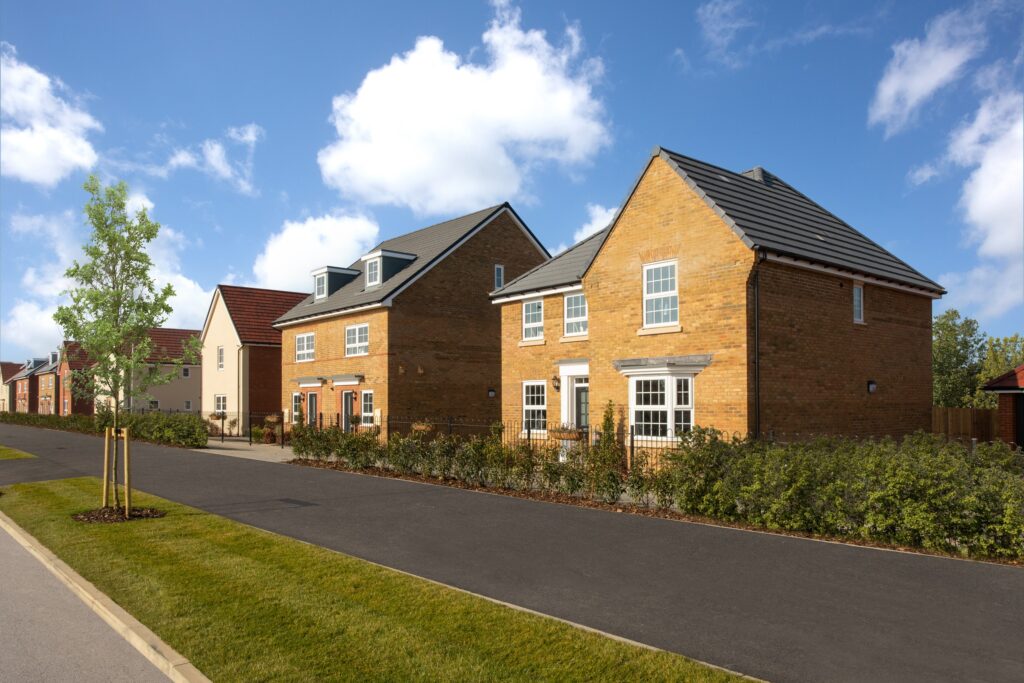Property values plummet by up to £21,000 in a month

House prices plummet by as much as £21,000 in a single month in these areas
Research from estate and lettings agent, Barrows and Forrester, has revealed that so far this year, house prices have plummeted by as much as £21,000 in a single month across some areas of the property market, while other areas continue to enjoy house price growth to the tune of £20,000 in a single month.
Barrows and Forrester analysed the latest government data on house prices across the British market and how they have changed so far this year, to see where the market truly is cooling, and where it continues to go from strength to strength.
According to the latest government data, the average house price in Great Britain has fallen by -£3,006 since the start of the year, down from £293,673 in January to £290,667 in February.
At regional level, the largest drop has been recorded in London where prices have declined by -£5,903, followed by Scotland (-£4,782), the South East (-£4,664), and South West (-£3,873).
In fact, every British region has experienced a drop in prices, with the smallest impact being recorded in Yorkshire & Humber (-£86), followed by the East of England (-£366), and West Midlands (-£944).
However, when analysing the data on a local authority level, the research by Barrows and Forrester shows that price drops have, in some places, been even more severe than the regional picture suggests.
In the South East’s Mole Valley, the average house price has fallen by -£21,276 since the start of the year, from £594,071 to £572,795.
In London’s Southwark, prices are down -£19,781, followed by Haringey (-£18,408) and the City of London (-£17,253). Other areas to have seen the most drastic house price drops in the space of a month include Waverley (-£16,865), Rutland (-£16,128), Redbridge (-£14,680), South Hams (-£14,185), Woking (-£13,758) and East Lothian (-£13,516).
However, there are a number of areas in Britain where house prices have climbed substantially in a single month.
Despite the common narrative that London’s market is struggling more than most, it’s Camden that has recorded the largest house price growth, increasing by £19,867 between January and February of this year.
House price growth in excess of £10,000 in the space of a month has also been measured in South Oxfordshire (£17,628), Three Rivers (£15,562), Forest of Dean (£11,117), the City of Westminster (£11,046), Richmond (£10,927), and the Western Isles (£10,463).
Managing Director of Barrows and Forrester, James Forrester, commented:
“Although the market may be cooling as we return to post-pandemic normality, this declining market performance is being driven to a far greater extent by some areas of the market, while others continue to benefit from healthy levels of house price appreciation.
But the question everyone wants answering is, what is going to happen next? Well, the economic situation is far from ideal, but it is showing signs of stabilising. This should help to reassure the nation’s homebuyers who have recently been deterred from the market by the increasing cost of borrowing.
As the return to the fold, we should see a far more steady market landscape return and this should help to stem the decline in property values seen across many areas of the market.
House prices rise and fall. That’s always been the case. But we have endured some truly remarkable years of late, from pandemic boom to historically delirious political ineptitude, and so the ups and downs we’ve seen are more stark than we’re used to. Still, calamity has been avoided – property is an incredibly resilient commodity – and from here, things are going to start looking much healthier.”




